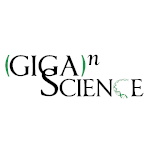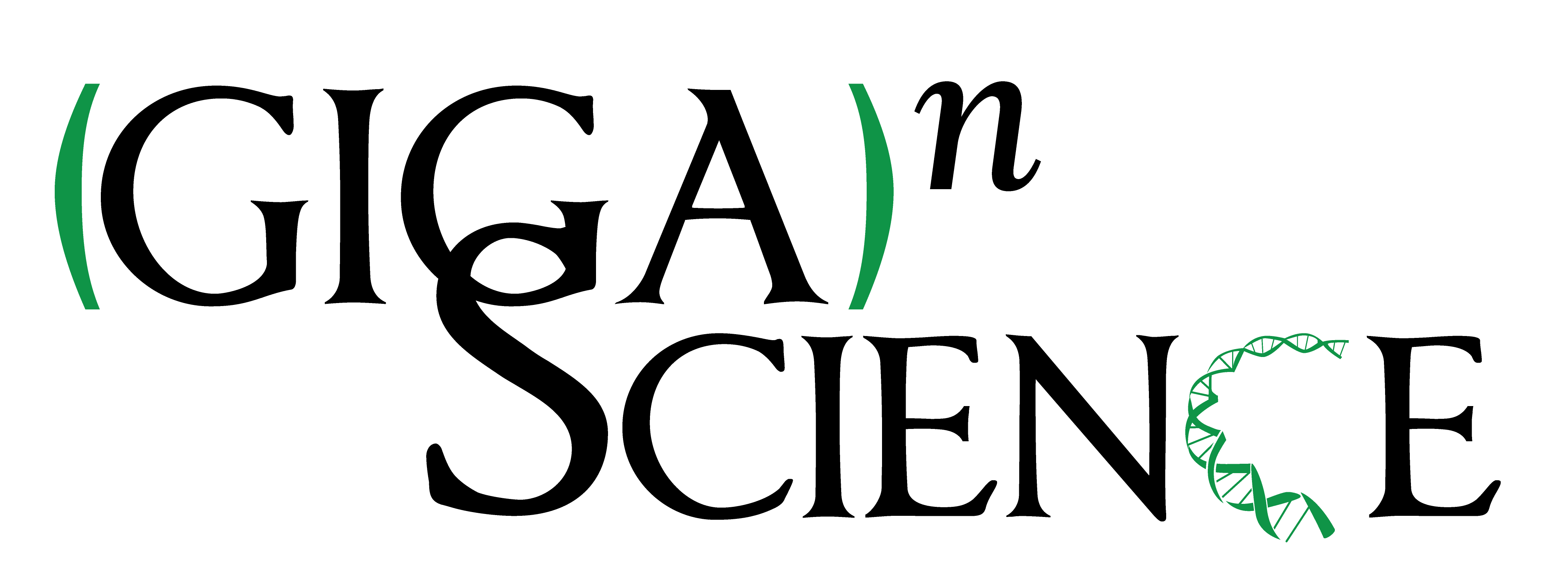Comparison of single-nucleotide variants identified by Illumina and Oxford Nanopore technologies in the context of a potential outbreak of Shiga toxin–producing Escherichia coli
This article has been Reviewed by the following groups
Discuss this preprint
Start a discussion What are Sciety discussions?Listed in
- Evaluated articles (GigaScience)
Abstract
Background
We aimed to compare Illumina and Oxford Nanopore Technology sequencing data from the 2 isolates of Shiga toxin–producing Escherichia coli (STEC) O157:H7 to determine whether concordant single-nucleotide variants were identified and whether inference of relatedness was consistent with the 2 technologies.
Results
For the Illumina workflow, the time from DNA extraction to availability of results was ~40 hours, whereas with the ONT workflow serotyping and Shiga toxin subtyping variant identification were available within 7 hours. After optimization of the ONT variant filtering, on average 95% of the discrepant positions between the technologies were accounted for by methylated positions found in the described 5-methylcytosine motif sequences, CC(A/T)GG. Of the few discrepant variants (6 and 7 difference for the 2 isolates) identified by the 2 technologies, it is likely that both methodologies contain false calls.
Conclusions
Despite these discrepancies, Illumina and Oxford Nanopore Technology sequences from the same case were placed on the same phylogenetic location against a dense reference database of STEC O157:H7 genomes sequenced using the Illumina workflow. Robust single-nucleotide polymorphism typing using MinION-based variant calling is possible, and we provide evidence that the 2 technologies can be used interchangeably to type STEC O157:H7 in a public health setting.
Article activity feed
-

Now published in GigaScience doi: 10.1093/gigascience/giz104
A version of this preprint has been published in the Open Access journal GigaScience (see paper https://doi.org/10.1093/gigascience/giz104 ), where the paper and peer reviews are published openly under a CC-BY 4.0 license.
These peer reviews were as follows:
Reviewer 1: http://dx.doi.org/10.5524/REVIEW.101860 Reviewer 2: http://dx.doi.org/10.5524/REVIEW.101861 Reviewer 3: http://dx.doi.org/10.5524/REVIEW.101862
-
-

